A skid loader, skid-steer loader, SSLs or skidsteer is a small, rigid-frame, engine-powered machine with lift arms that can attach to a wide variety of buckets and other labor-saving tools or attachments.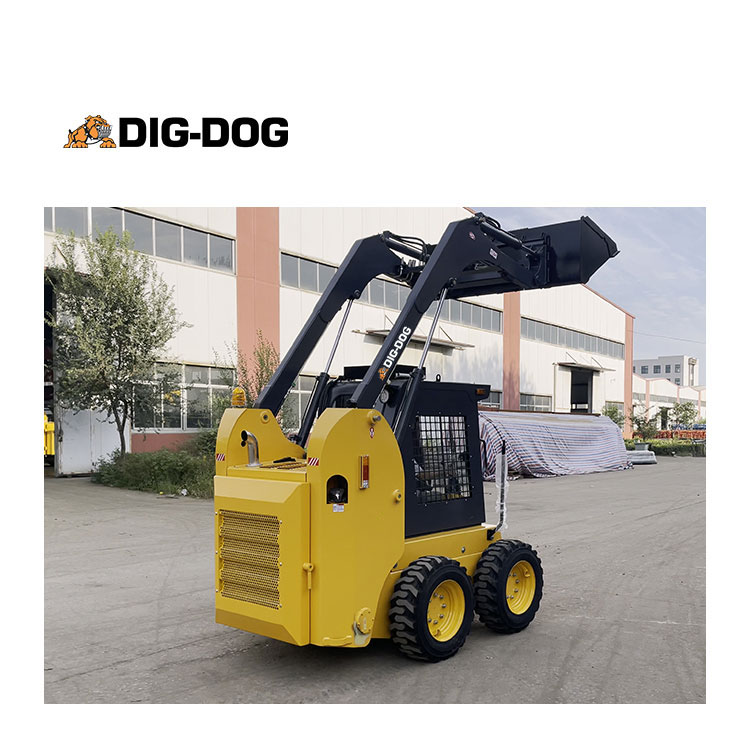
Skid-steer loaders are typically four-wheeled or tracked vehicles with the front and back wheels on each side mechanically linked together to turn at the same speed, and where the left-side drive wheels can be driven independently of the right-side drive wheels. This is accomplished by having two separate and independent transmissions; one for the left side wheels and one for the right side wheels. Earliest versions of skid steer loaders used forward and traverse clutch drives. Virtually all modern skid steers designed and built since the mid-1970s use two separate hydrostatic transmissions (one for the left side and one for the right side).
The wheels typically have no separate steering mechanism and hold a fixed straight alignment on the body of the machine. Turning is accomplished by differential steering, in which the left and right wheel pairs are operated at different speeds, and the machine turns by skidding or dragging its fixed-orientation wheels across the ground. Skid-steer loaders are capable of zero-radius turning, by driving one set of wheels forward while simultaneously driving the opposite set of wheels in traverse. This "zero-turn" capability (the machine can turn around within its own length) makes them extremely manoeuvrable and valuable for applications that require a compact, powerful and agile loader or tool carrier in confined-space work areas.
The extremely rigid frame and strong wheel bearings prevent the torsional forces caused by this dragging motion from damaging the machine. As with tracked vehicles, the high ground friction produced by skid steers can rip up soft or fragile road surfaces. They can be converted to low ground friction by using specially designed wheels such as the Mecanum wheel.
Skid-steer loaders are sometimes equipped with tracks instead of the wheels, and such a vehicle is known as a compact track loader.
Skid steer loaders, both wheel and track models, operate most efficiently when they are imbalanced - either the front wheels or the back wheels are more heavily loaded. When equipped with an empty bucket, skid steer loaders are all heavier in the rear and the rear wheels pivot in place while the front wheels slide around. When a bucket is fully loaded, the weight distribution traverses and the front wheels become significantly heavier than the rear wheels. When making a zero-turn while loaded, the front wheels pivot and the rear wheels slide.
Imbalanced operation reduces the amount of power required to turn the machine and minimizes tire wear. Skilled operators always try to keep the machine more heavily loaded on either the front or the rear of the machine. When the weight distribution is 50/50 (or close to it) neither the front set of wheels nor the rear set of wheels wants to pivot or slide and the machine starts to "buck" due to high friction, evenly divided between front and rear axles. Tire wear increases significantly in this condition.
Unlike in a conventional front loader, the lift arms in these machines are alongside the driver with the pivot points behind the driver's shoulders. Because of the operator's proximity to moving booms, early skid loaders were not as safe as conventional front loaders, particularly due to the lack of a rollover protection structure. Modern skid loaders have cabs, open or fully enclosed and other features to protect the operator. Like other front loaders, they can push material from one location to another, carry material in the bucket, load material into a truck or trailer and perform a variety of digging and grading operations.
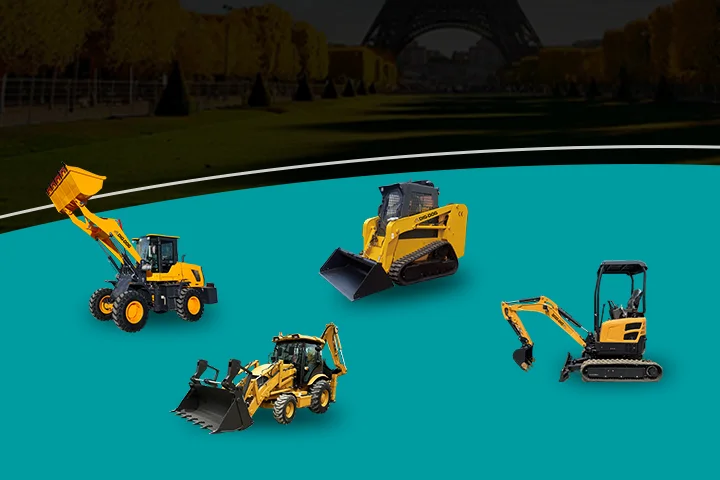 Unveiling the Top 10 Must-Have Construction Vehicles for Your Business
Unveiling the Top 10 Must-Have Construction Vehicles for Your Business
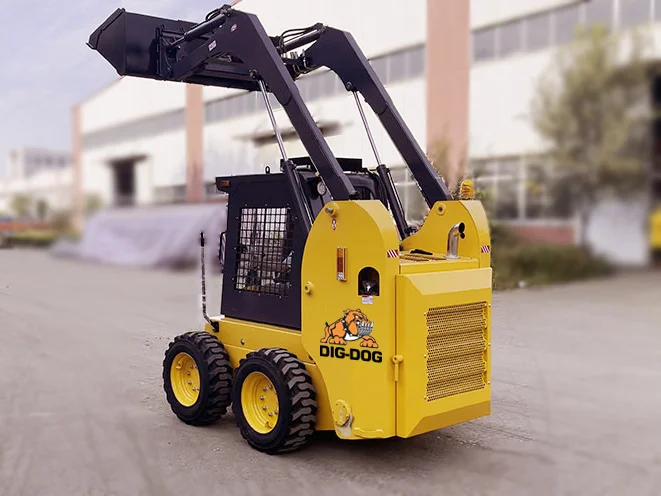 How High Lift Skid Steers Save You Time and Money
How High Lift Skid Steers Save You Time and Money
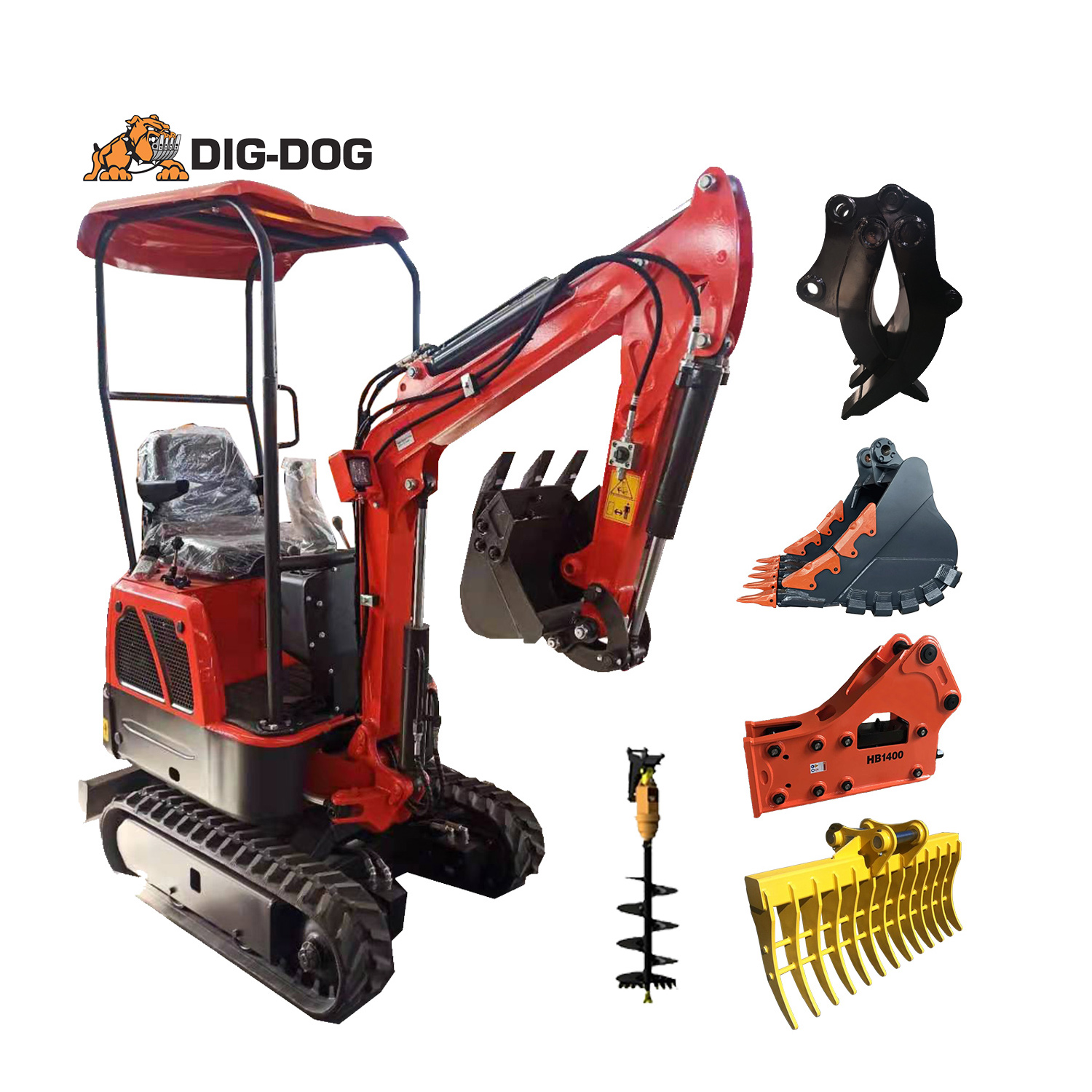 Attachments Turn Mini-excavators Into Multipurpose Machines
Attachments Turn Mini-excavators Into Multipurpose Machines
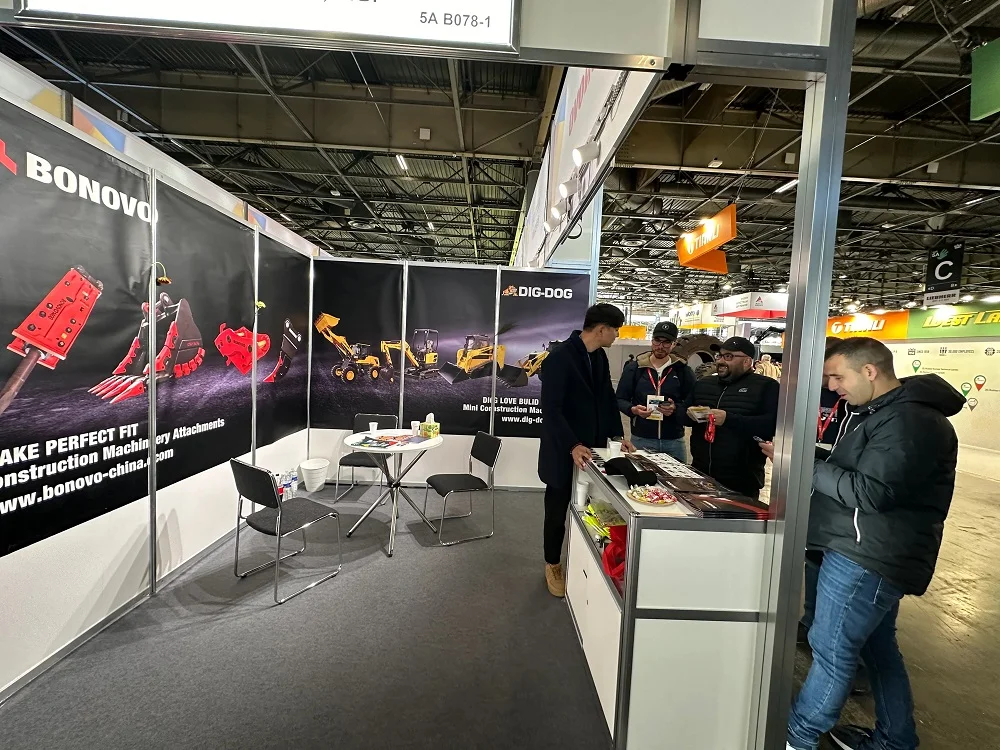 BONOVO Group at INTERMAT 2024 Paris Exhibiton
BONOVO Group at INTERMAT 2024 Paris Exhibiton